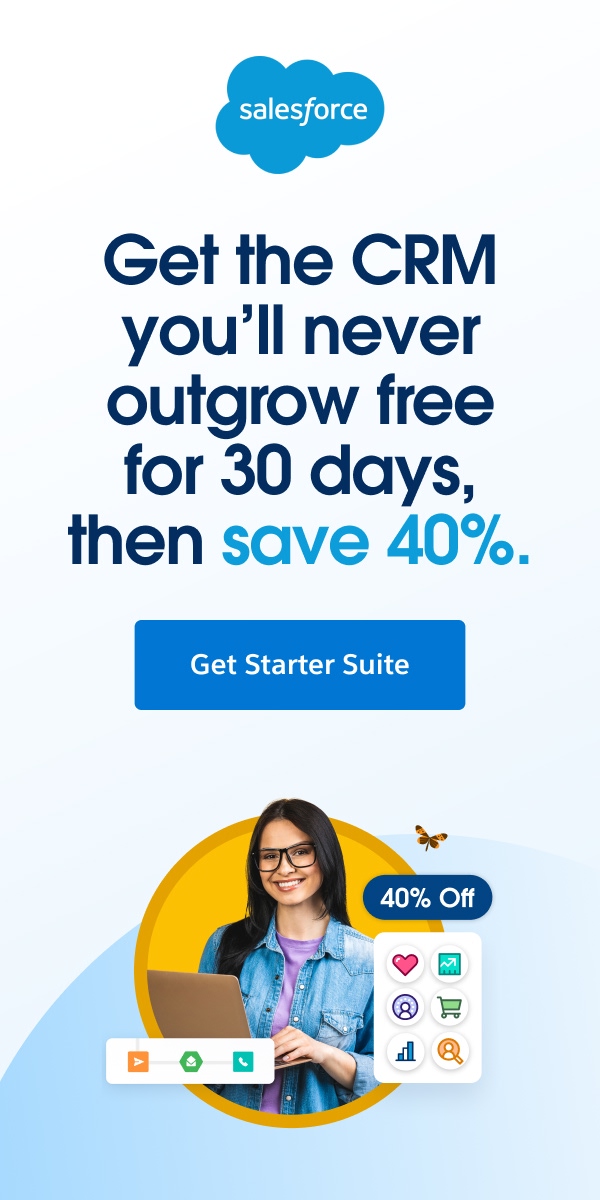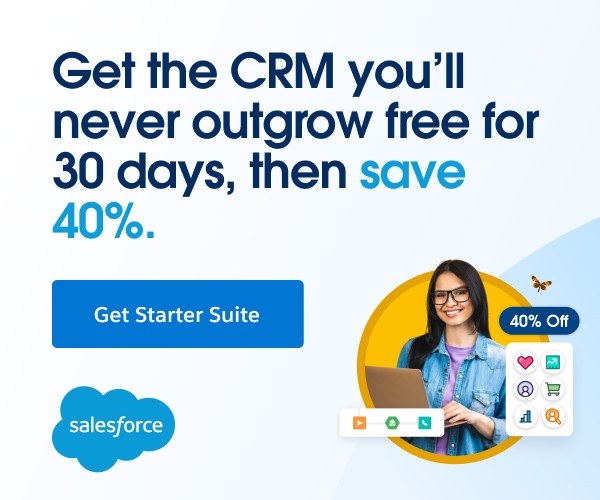Few, if any, can predict the market: for the majority, it’s an exercise in estimation, guesswork, and luck. Like most markets, the financial market relies on buying and selling: but like a casino, it relies heavily on winning and losing. The prospect of winning, for many, is enough to invest large quantities of money and time; the reality is that the majority loses. It’s a true zero-sum game.
Over several decades in the markets, including stints at Merrill Lynch and Lehman Brothers, Richard Edwards witnessed far more losses than wins. Seeing clients losing swathes of investment was more than frustrating for him: it was a source of embarrassment.
“I hated the fact that people were treated as sausage meat. Customers came in, lost their money, and we replaced them with other customers.” He estimated that 95% of people who trade in futures lose their money.
“I found it distressing because I was associated with failure in their eyes.”
He couldn’t create a crystal ball that could help traders predict the future, but he could find ways to help them make better decisions. This is the idea behind Richard’s startup Drake Howell, the team behind new data visualisation technology for traders. Their ambition for technology? “A mediocre trader could be able to do things that only a gifted or seasoned pro would be able to do.”
Trying to even the odds
Many make a direct comparison between playing the markets and gambling. You put money on certain outcomes which you believe to be the most likely, with the potential payoff being high enough to make the risk worth it.
Richard isn’t so keen on the comparison. He would know, having spent an early year as a professional gambler on horse racing (and having done quite well at it).
“Gambling is a synthetic activity which exists solely to enable people to have a flutter,” he says. “Conversely, market speculation is a natural consequence of the economic order. It's vital to have people that will buy when there are willing sellers and vice versa.”
There are a few points of comparison to gambling. Like a casino, the market has intermediaries to facilitate transactions: traders, brokers, and hedgers, for example. Information, and how it influences your decisions, maybe an even better comparison.
Sophisticated horse racing punters will place bets based on a variety of factors, including form, conditions, and competition. This information is complex and multidimensional, and for most gamblers, too much to take into account fully: instead, bets are often made on tip-offs, or even ‘a hunch’.
In the futures trading world, Richard noticed a similarly complex matrix of information.
“The futures business consists of the price of futures shifting over time, on a chart on a screen. They have different delivery months, as far forward as 72 months, and these are all priced separately, and are moving separately.”
Shifts in prices can begin to occur months, even years, down that line, and this can give traders an idea of how prices might change. “When prices between the front months and back months diverge, it's a clue.”
Saturation of information, however, means this information, and these details is getting lost in the noise. Trying to make sense of all this information at once puts traders at serious risk of burnout.
“In surveys of most stressful occupations, number one is air traffic controller, number two is futures trader. It drives people nuts.”

Matching the right ideas with the right technology
Richard first had the idea many years ago to create a data visualisation software that would enable you to see all of the relevant information all in one place. Now, with the right technology and sufficient funding and investment, Drake Howell is close to launching.
The first DataSpace product (the working title for the technology) is a 3D graph which shows complex, multidimensional markets like crude oil futures or interest rates, dubbed the Glass Wall (“it’s like being inside the market, rather than standing outside and looking in”).
For options, which have a number of additional variables, they are developing a more sophisticated model, named the Manta Ray.
The Drake Howell team has adopted a creative-led approach to the technology: first designing the visualisation, then working out which data would work best for it. “Like sculptors freeing the sculpture from the marble,” Richard laughs.
Reactions have been overwhelmingly positive. Richard recalls one client who, when he showed her the prototype of the technology, told him that it’s what she’d been dreaming of. Another client, a veteran trading expert, exclaimed, “You’re now going to make it easier for anyone to do my job!”
If the idea is so clearly popular, why has 3D visualisation for markets not been developed until now?
The duopoly of Bloomberg and Refinitiv (formerly Reuters) is the main reason. The two media giants, who have roughly a 75% share of the market data world, have little reason to innovate. Bloomberg alone has 350K customers, each of whom pay $20K a year subscription.
“They don't have a full appreciation of what their users want. If they want to know they ask them, but users don't know because it doesn't exist.”
Endless possibilities for data visualisation
Through years of innovation, the method through which people trade and invest has advanced significantly: a far cry from the packed, chaotic trading floors where Richard cut his teeth.
Financial technology has quickly accelerated the way that people look at the stock market and make decisions based on what to buy and sell. Data visualisation, and Drake Howell, could play a huge role in shaping this.
The next big development project for DataSpace will be a fully virtual market, a central exchange for complex commodity derivatives aimed at hedgers. “Someone in the market said, “There's a central exchange for everything else, why isn't there one for bespoke derivatives?”. As soon as I heard that, I knew we could use our displays to do it.”
The demand doesn’t stop at finance. What’s become clear to Richard is that people from a range of different sectors are looking for a sophisticated data visualisation tool: for everything from projecting exam grades to mapping out the course of a global pandemic.
As data plays an increasingly important role in all areas of life, the possibilities for an advanced visualisation tool are endless.










